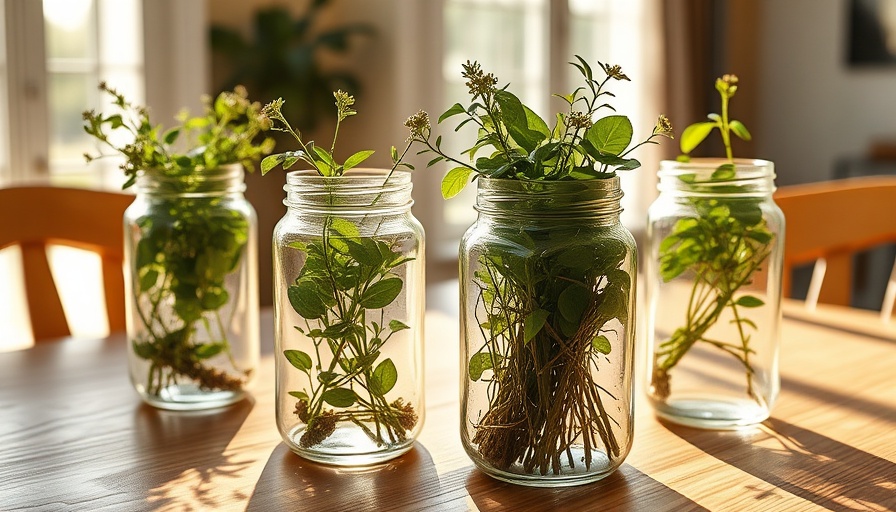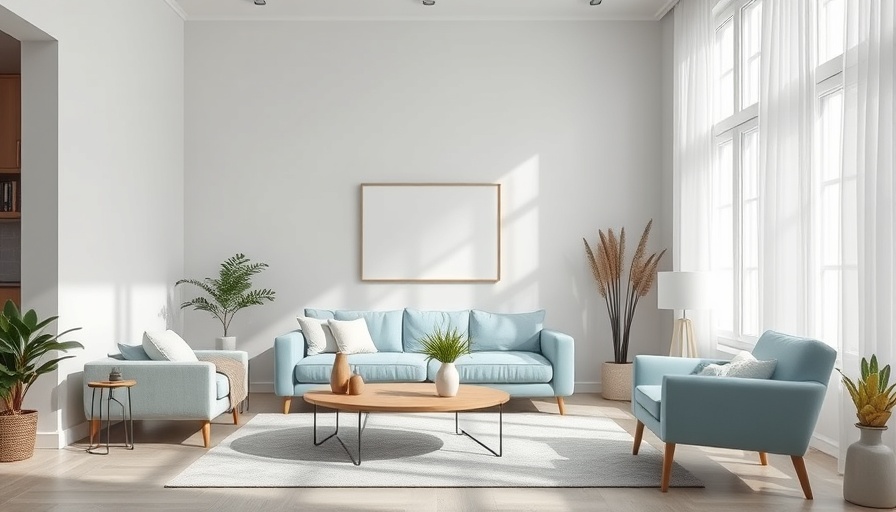
Finding Freedom: Why Decluttering Your Wardrobe Matters
Feeling overwhelmed by an overflowing wardrobe is a common dilemma for many adults, especially those striving for a balanced and fulfilling life. Decluttering your clothes isn't just about reducing the amount of fabric in your closet; it’s about creating a manageable, stress-free environment that allows you to express your personal style. With less clutter, you can quickly find what you’re looking for, make better clothing choices without decision fatigue, and enjoy a more organized, pleasant space.
Simple Steps to Make Wardrobe Decluttering Work for You
Embarking on a wardrobe decluttering project can seem daunting, but it doesn't have to be. Here’s a streamlined approach, tailored to your needs and lifestyle:
- Lay Everything Out: Start by removing every item from your closet. This allows you to assess your wardrobe at a glance.
- Sort with Intention: Create distinct piles—keep, donate, repair, and discard—to help streamline your decision-making process.
- Evaluate Each Piece: Ask yourself if each item fits well, aligns with your style, and represents your life today.
- Wear What You Love: Prioritize clothes that make you feel confident and comfortable. Keep versatile pieces that can be mixed and matched.
- Organize Creatively: Use storage solutions that not only conserve space but also allow you to see all your options (think hangers, boxes, or drawer dividers).
- Practice Routine Maintenance: Schedule periodic reviews of your wardrobe to ensure it remains clutter-free.
- Focus on Quality Over Quantity: As you shop for new clothes, consider quality pieces that will endure over time rather than trendy fast fashion that quickly fades.
- Involve Others: Sharing this journey with friends or family can provide support and make the process more enjoyable.
- Document the Journey: Consider taking before and after photos to motivate you and track your progress.
- Reflect on the Experience: Lastly, reflect on the emotional and physical space you’ve cleared; understanding this can set a healthy tone for your overall lifestyle.
Emotional Freedom: The Psychological Benefits of Decluttering
Decluttering isn’t only a physical task; it’s also a transformative emotional journey. Many individuals find that as they clear out their closets, they also begin to clear emotional baggage that has accumulated over time. This is particularly true for those in populous regions like Alberta, where lifestyle pressures can lead to accumulating more than just clothes. Simplifying your wardrobe not only contributes to a peaceful environment but also cultivates a sense of control and accomplishment. Instead of feeling defined by your possessions, you begin to see a reflection of your true self.
Creating a Capsule Wardrobe: Quality Meets Simplicity
One proactive approach to decluttering is adopting the concept of a capsule wardrobe. This trend encourages individuals to select a limited number of versatile clothing pieces that can be mixed and matched. Not only does this approach foster creativity in your outfit choices, but it also embodies sustainable living. By shopping mindfully for quality, lasting garments, you can ultimately reduce environmental waste associated with fast fashion.
Community Engagement: The Ripple Effect of Decluttering
As you enrich your life through decluttering, consider how your actions impact the larger community. Donating your gently used clothing can significantly benefit local charities and individuals in need. Initiatives across Alberta reinforce the importance of giving back, and by decluttering, you’re not just transforming your home but also creating positive ripples in your community.
Final Thoughts: Embracing a Fulfilling Lifestyle
As we navigate our busy lives, the act of decluttering our personal spaces, particularly our wardrobes, serves as a powerful reminder of what truly matters. By embracing a simplified approach filled with items we cherish, we create more meaningful connections not only with our clothes but also with the people and experiences around us. Take the leap, start today, and discover the joy that comes from a decluttered life.
 Add Row
Add Row  Add
Add 




Write A Comment